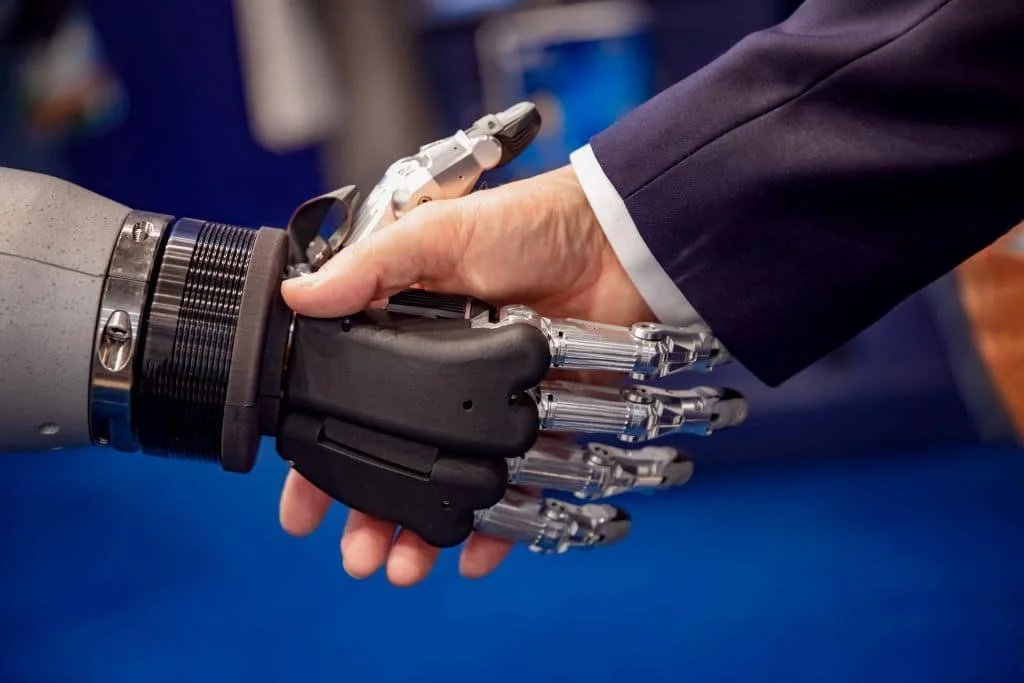Machine learning (ML) is a rapidly growing field of artificial intelligence (AI). This provides businesses and organizations with the ability to analyze large amounts of data and make predictions about future events and trends. It’s very helpful in decision-making and planning strategies to achieve business goals.
Hence, whether you are a data scientist looking to develop cutting-edge machine learning models or a business owner interested in leveraging AI to improve your products and services, ML solutions can boost your way to the top. That being said, we have this comprehensive guide designed to help you.
In this article, we’ll explore the key concepts and techniques used in ML, including deep learning, natural language processing, and neural networks. Additionally, we’ll also discuss the tools and technologies, such as open-source machine learning platforms and commercial learning solutions. Plus, we’ll run through some practical tips and recommendations for getting started with machine learning solutions, so you can start putting this powerful technology to work for you right away.
Types of Machine Learning
There are three types of ML algorithms: supervised, unsupervised, and reinforcement learning.
Supervised Learning
Supervised learning is a type of ML that is widely used in various applications to address classification and regression problems. There are several different types of supervised learning algorithms—linear regression, logistic regression, decision trees, and random forests, to name a few. The choice of algorithm will depend on the specific requirements of your project, as well as the size and nature of the data you are working with.
Nonetheless, a supervised learning algorithm is trained to learn from the labeled data by evaluating relationships between the input features and the output labels. Through this, ML can make projections about events or trends. It can also be used to make inferences based on historical data. Additionally, this can identify patterns using the data gathered, which can be useful in fields such as market research and customer segmentation.
That being said, it’s a powerful tool for businesses and organizations looking to make data-driven decisions and plan to improve their products and services. This is also helpful for data scientists seeking to develop cutting-edge ML models.
Unsupervised Learning
Unsupervised learning is another type of ML that works by grouping similar data points to uncover patterns and relationships in the data. Unlike supervised learning, this algorithm is trained on unlabeled datasets, where it must identify relationships in the data independently. This is typically used to solve problems such as clustering and dimensionality reduction and to uncover hidden structures in data.
For example, unsupervised learning algorithms can segment a large customer base into smaller, more manageable groups based on their similarities. This is helpful in fields such as market research and customer segmentation.
There are several different types of unsupervised learning algorithms, including k-means, hierarchical, and principal component analysis clustering, among others. To leverage this machine learning solution, you need to choose the most appropriate algorithm based on the specific requirements of your project, its size, and the nature of the data. Just like supervised learning, it can be used to analyze large amounts of data and make data-driven decisions, which can help businesses achieve their organization’s goals.
Reinforcement Learning
Reinforcement learning is used to make decisions and optimize actions in an environment. It learns from their interactions with an environment, and they use trial and error to determine the best actions to take in a given situation. This type of ML is typically used in applications such as robotics and gaming, where the goal is to make decisions and take actions that lead to a desired outcome.
This algorithm works by taking actions in an environment and receiving rewards or punishments based on the outcome of those actions. This feedback is processed to update its understanding of the environment and make better decisions in the future. For example, it can control a robot in a way that maximizes its performance or make better responses in a game that lead to a win.
The key concept of reinforcement learning is the role of the reward. The goal is to maximize the reinforcement received over time, which is achieved by taking steps that lead to seamless functions.
Just like other types of learning algorithms, reinforcement learning is a powerful tool for businesses and organizations looking to make real-time decisions in complex environments. It can be used in a variety of applications, including robotics, gaming, and other AI systems. Not to mention, the potential to improve products and services using this ML solution is immense.

Key Techniques Used in Machine Learning
Now, let’s talk about the vital techniques used in machine learning. This includes regression analysis, decision trees, and neural networks.
Regression Analysis
Regression analysis is a statistical technique used to model the relationships between a dependent variable and one or more independent variables. This technique is commonly used in machine learning to predict future events and trends.
Decision Trees
Decision trees are a type of algorithm that is used to model decision-making processes. They are used to make predictions based on a set of conditions and are particularly useful for solving classification problems.
Neural Networks
Neural networks are based on the structure and function of the human brain. They are used in machine learning to make predictions and decisions based on large amounts of data.
Related Article:
Cleaning Data for Machine Learning
Before using machine learning to analyze data, it is important to clean and preprocess the data to ensure that it is suitable for use in a machine learning model. With that, it’s crucial to know the importance of cleaning data as well as the techniques and tools that are used to do it.
Tools and Technologies Used in Machine Learning Solutions
There are several tools and technologies available to support machine learning. Here are some of them: programming languages, libraries, and cloud platforms.
Programming Languages
Programming languages are used to write code and create algorithms for machine learning solutions. Some of the most popular programming languages for ML include Python, R, and Java. Each of these languages has its own strengths and weaknesses, and the choice of language depends on your requirements.
Libraries
Libraries are collections of pre-written codes that can be used to perform specific tasks in machine learning. Some of the most popular libraries include TensorFlow, PyTorch, and scikit-learn. These provide a wide range of tools and functions that can be used to build and train machine learning models as well as perform various data preprocessing and analysis tasks.
Cloud Platforms
Cloud platforms are remote servers that can be used to store and process data, as well as run machine learning algorithms. Some of the most popular cloud platforms are Amazon Web Services (AWS), Google Cloud Platform (GCP), and Microsoft Azure. These platforms offer a range of tools and services that can be used to build, train, and deploy machine learning models, and store and process large amounts of data.
How to Start with Machine Learning Solutions

It’s no secret that ML plays a vital role in business growth. Thus, we have listed some practical tips and recommendations for getting started with machine learning solutions. Whether you are a business owner, data analyst, or software developer, these tips will help you take advantage of machine learning and put this powerful technology to work for you.
1. Identify a problem to solve.
The first step in getting started with machine learning is to identify a problem that you want to solve. This could be a business problem or a technical problem, such as predicting customer behavior or optimizing a website’s search ranking, respectively.
2. Gather data.
Once you have identified the problem, the next step is to gather data that can be used to train an ML model. This could be data from your own organization or it could be data from public sources such as government databases or online APIs.
3. Prepare the datasets.
After that, prepare and evaluate the data to determine their potential for developing a model. This typically involves cleaning and preprocessing the data, such as removing missing or duplicate values, and transforming the data into a format used by an ML algorithm.
4. Choose a model.
Choose a machine-learning model that can be used to solve the problem. This is based on the specific requirements of your project as well as your own experience and expertise.
5. Train the model.
When you have the model, the next step is to train it using the data gathered. This typically involves splitting the data into a training set and a test set and using the training set to train the model.
Leverage Machine Learning Solutions Developed by Experts
To fully benefit from machine learning solutions, you need a team that can create the model you need to achieve your organization’s goals. Fortunately, you can hire dedicated experts to work on your project. Their expertise and years of relevant experience can help you with your machine learning needs. Guess what? We have the right team for you! Outsource-Philippines is home to professionals who specialize in various fields, including machine learning, and are confident in providing nothing but the best service. What are you waiting for? Partner with us today!







